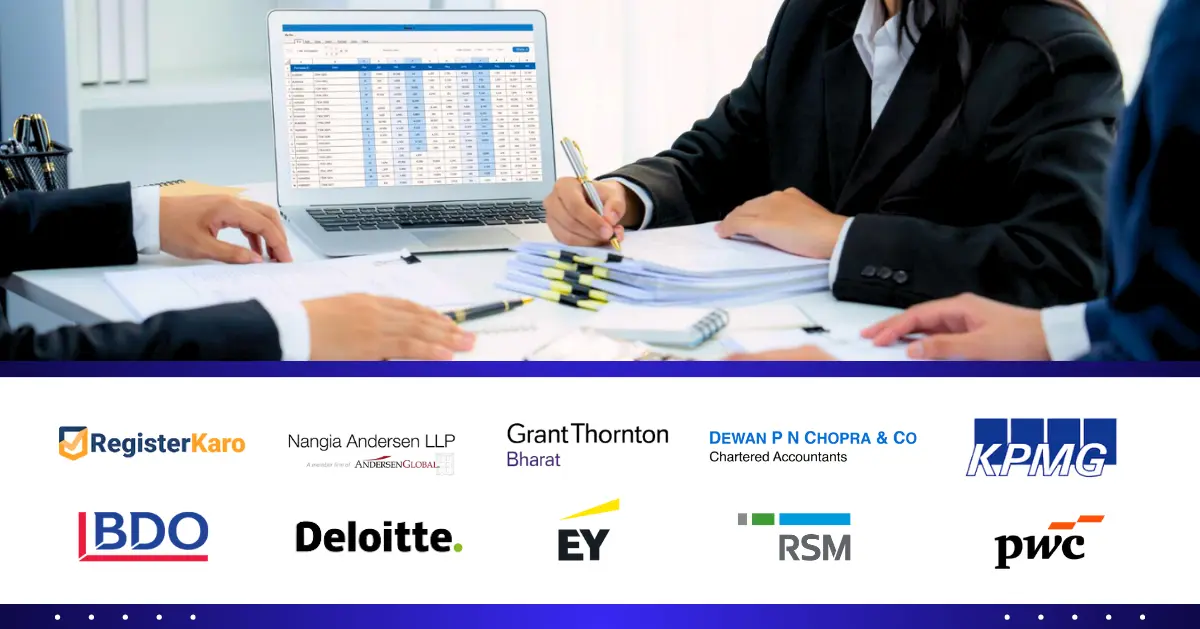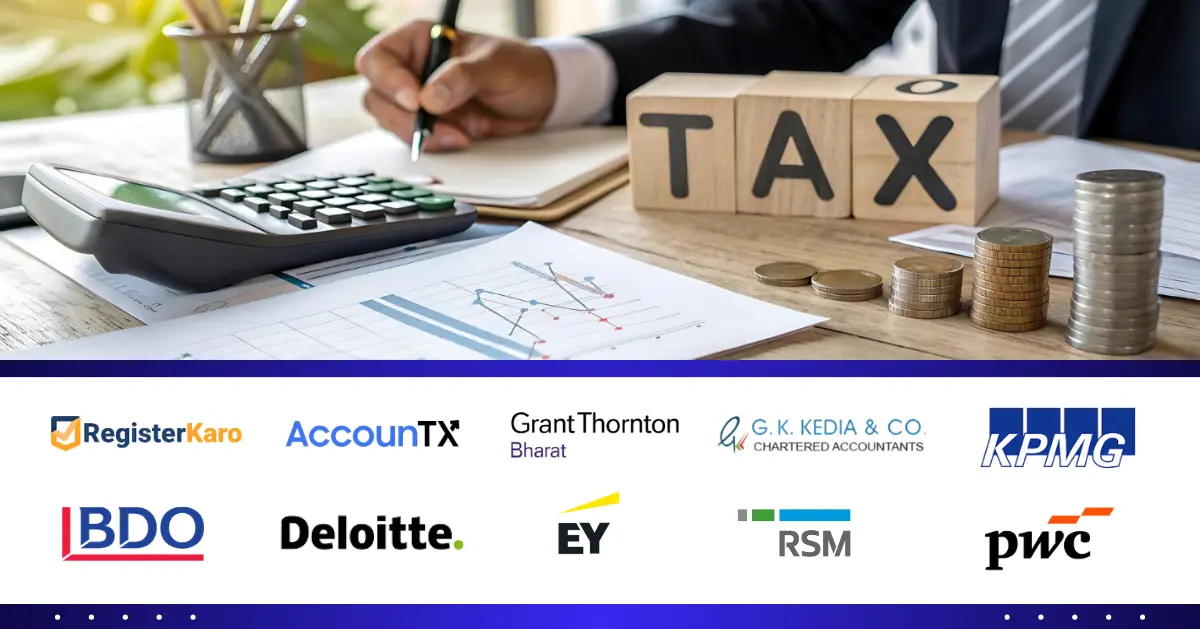
Introduction
Filing an Income Tax Return (ITR) is a fundamental obligation for every taxpayer in India, but simply submitting your return is not enough. To complete the process, you must verify it within the stipulated time frame. Failure to do so can lead to an invalid return, delayed tax refunds, or even legal repercussions. This is where EVC in income tax return plays a crucial role, offering a seamless and paperless way to authenticate your tax filings.
But what exactly is EVC in income tax return, and why is it important? The EVC meaning is straightforward—it stands for Electronic Verification Code, a unique alphanumeric or numeric code that serves as an electronic signature for taxpayers. This eliminates the need for physically sending signed documents to the Income Tax Department, making the income tax verification process smoother and more efficient. The EVC meaning extends beyond just convenience; it ensures that your return is officially acknowledged and processed without unnecessary delays.
The process of EVC generation is simple, with multiple methods available for taxpayers to generate this code. Whether you choose to use online EVC via net banking, Aadhaar-based authentication, ATM verification, or a pre-validated bank account, the system is designed to provide flexibility and ease. Understanding how to generate and use EVC in income tax return ensures that your tax filings remain compliant with government regulations, preventing any potential hassles down the line.
A common question taxpayers have is how EVC in income tax return differs from other authentication methods, such as EVC vs OTP or Digital Signature Certificates (DSC). While an OTP (One-Time Password) is often used for login and transaction verifications, EVC generation is specifically designed for securely verifying tax returns. Each method has its own set of requirements and applications, making it important to understand which one suits your needs best.
By the end of this guide, you’ll have a comprehensive understanding of EVC in income tax return, its EVC meaning, the step-by-step process of EVC generation, the role of online EVC, and a comparison of EVC vs OTP for tax verification. Mastering this process will ensure that your income tax verification is smooth, efficient, and hassle-free.
Also Read: Income Tax Returns | RegisterKaro
What is an Electronic Verification Code (EVC)?
An Electronic Verification Code (EVC) is a unique alphanumeric code used to electronically verify an income tax return (ITR). It is a secure way to authenticate the taxpayer’s identity without needing a physical signature or paperwork.
The EVC meaning is simple—it serves as an alternative to manually signing and submitting ITR-V (Income Tax Return Verification) to the Income Tax Department.
Key Features of EVC:
- A 10-digit alphanumeric code is generated through the Income Tax e-Filing portal.
- Valid for 72 hours from the time of generation.
- It can be generated through multiple methods, including online EVC via net banking, Aadhaar, and bank accounts.
- One EVC can be used for a single income tax verification.
Purpose of EVC in Filing Income Tax Returns
Understanding the role of EVC in income tax return is essential before using it for tax filing.
Why is EVC Important?
- Paperless Verification – Eliminates the need to send a physical ITR-V to the Centralized Processing Center (CPC) in Bangalore.
- Secure Authentication – Ensures that only authorized taxpayers can verify and submit their returns.
- Faster Processing – Since verification is completed instantly, refunds are processed more quickly.
- Easy Accessibility – EVC generation can be done online from anywhere, eliminating manual verification.
How to Generate EVC for Income Tax Verification?
EVC generation is a straightforward process, and the Income Tax Department provides multiple methods to generate online EVC for income tax verification:
1. Generate EVC via Net Banking
- Log in to your bank’s net banking portal.
- Look for the ‘e-Filing’ or ‘Income Tax e-Verification’ option.
- Click on the link that redirects to the Income Tax e-filing portal.
- Select ‘Generate EVC.’
- The EVC will be sent to your registered mobile number and email.
2. Generate EVC via Aadhaar OTP
- Ensure your Aadhaar is linked with your PAN.
- Log in to the Income Tax e-Filing portal.
- Click on ‘My Account’ > ‘Generate EVC.’
- Choose ‘Generate EVC via Aadhaar OTP.’
- Enter the OTP received on your Aadhaar-linked mobile number.
- EVC generation will be completed, and the EVC will be sent to your registered email.
3. Generate EVC via Bank Account
- Log in to the Income Tax e-Filing portal.
- Go to ‘Profile Settings’ > ‘Pre-validate Bank Account.’
- If the bank account is pre-validated, click on ‘Generate EVC.’
- The EVC will be sent to your registered mobile number.
4. Generate EVC via Demat Account
- Ensure your Demat account is pre-validated with the e-filing portal.
- Go to ‘Profile Settings’ > ‘Pre-validate Demat Account.’
- Click on ‘Generate EVC.’
- The EVC will be sent to your registered email and mobile number.
5. Generate EVC via ATM (For Specific Banks)
- Visit an ATM of a registered bank.
- Insert your debit card and select ‘Generate EVC for ITR Filing.’
- The EVC will be sent to your registered mobile number.
What Are The Methods to Verify Income Tax Returns Using EVC?
After the EVC generation, you can use it to verify your ITR through the following steps:
- Log in to the e-Filing portal.
- Click on ‘e-Verify Return’ under ‘My Account.’
- Choose ‘I have EVC already’ and enter the generated EVC.
- Click ‘Submit’ to complete the verification.
- Once the return is successfully verified, a confirmation message will be displayed, and you will receive an acknowledgment on your registered email.
What Is The Difference Between EVC and Digital Signature (DSC)?
A common question among taxpayers is EVC vs DSC—which one should they use?
| Feature | EVC | Digital Signature (DSC) |
| Verification Type | Alphanumeric Code | Encrypted Digital Signature |
| Accessibility | Can be generated online via multiple methods | Requires a DSC USB token |
| Applicability | Suitable for individual taxpayers | Mandatory for companies and professionals |
| Ease of Use | Simple and convenient | Requires software installation |
| Security Level | Secure, but OTP-based | More secure with encryption |
For individual taxpayers, online EVC is the easiest way to complete income tax verification, while companies and professionals might need DSC for compliance purposes.
What Are The Common Errors in EVC Generation and Their Solutions?
While using EVC in income tax return, taxpayers sometimes face errors. Here’s how to fix them:
1. Error: “Invalid PAN-Aadhaar Link”
Solution: Ensure your PAN is linked with Aadhaar before trying Aadhaar-based EVC generation.
2. Error: “Mobile Number Not Registered”
Solution: Update your mobile number with the Income Tax e-Filing portal and your bank.
3. Error: “EVC Expired”
Solution: Generate a new EVC and use it within 72 hours.
4. Error: “Pre-Validation Failed”
Solution: Check if your bank or Demat account is pre-validated in the e-Filing portal.
Conclusion
In today’s digital era, EVC in income tax return filing has emerged as a secure, paperless, and hassle-free method for taxpayers to verify their returns efficiently. Understanding EVC meaning is crucial, as it allows individuals to authenticate their returns without needing to send physical documents to the Income Tax Department. With multiple EVC generation methods available, such as net banking, Aadhaar OTP, bank account validation, Demat account, and ATM, taxpayers can choose the most convenient option based on their accessibility and preference.
The advantages of using EVC in income tax return over traditional verification methods are undeniable. Not only does it speed up income tax verification, but it also eliminates unnecessary delays, ensuring a smoother tax filing process. Taxpayers often compare EVC vs OTP and EVC vs DSC to determine the best verification method for their needs. While OTP-based verification is linked to Aadhaar authentication, DSC (Digital Signature Certificate) is commonly used for corporate filings, making online EVC an ideal option for most individuals due to its simplicity and accessibility.
If you’re unsure about EVC in income tax return filing or need expert assistance in navigating the verification process, RegisterKaro is here to help. Ready to get started? Reach out to us and make your compliance journey hassle-free, allowing you to focus on what truly matters—growing your business. Contact our support team at [email protected] today.




